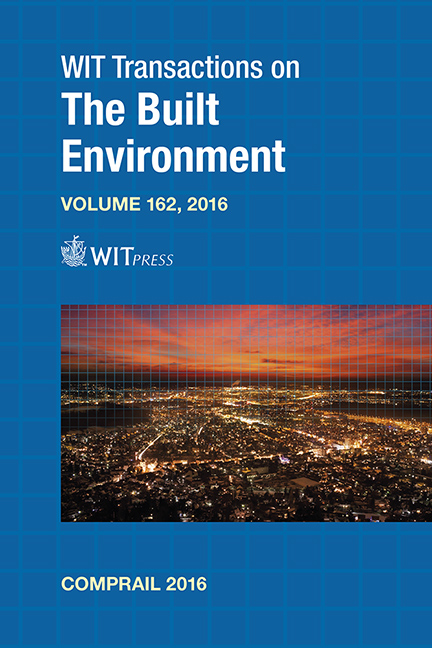Capacity Analysis Of Suburban Rail Networks
Price
Free (open access)
Transaction
Volume
162
Pages
12
Page Range
111 - 122
Published
2016
Size
4,492 kb
Paper DOI
10.2495/CR160111
Copyright
WIT Press
Author(s)
F. Rotoli, G. Malavasi, S. Ricci, E. C. Navajas, J. N. Ibáñez
Abstract
As is well known, capacity evaluation and the identification of bottlenecks on rail networks are complex issues depending upon several technical elements. This is even more perceptible in metropolitan areas where different services (freight, long distance, metro/regional, etc.) are operated using the same limited infrastructures; as a consequence, these facilities may represent bottlenecks of the rail system since they are often highly utilized and congested. This paper tries to explore the issue of capacity evaluation of complex rail networks, proposing synthetic indicators and analyses for feasibility studies or strategic planning. The presented methodology suggests taking into account the main differences in infrastructure characteristics (e.g. single or double lines, signalling systems, terminus or passing stations, etc.) and rail services (e.g. diverse rolling stock, various frequencies, average distances and number of stops, etc.) in order to propose a general approach applicable for capacity analysis of a network as a whole, hence evaluating the utilization rate and the congestion on both lines and stations. To better explore and validate the methodology, an application to a line of the Naples’ suburban network is presented. The results confirm the applicability and effectiveness of the proposed approach; the outcomes indicate the capacity utilization rate of the considered facilities, pointing out likely bottlenecks and possible actions to improve the system efficiency.
Keywords
capacity, railway network, suburban railway system, bottlenecks





